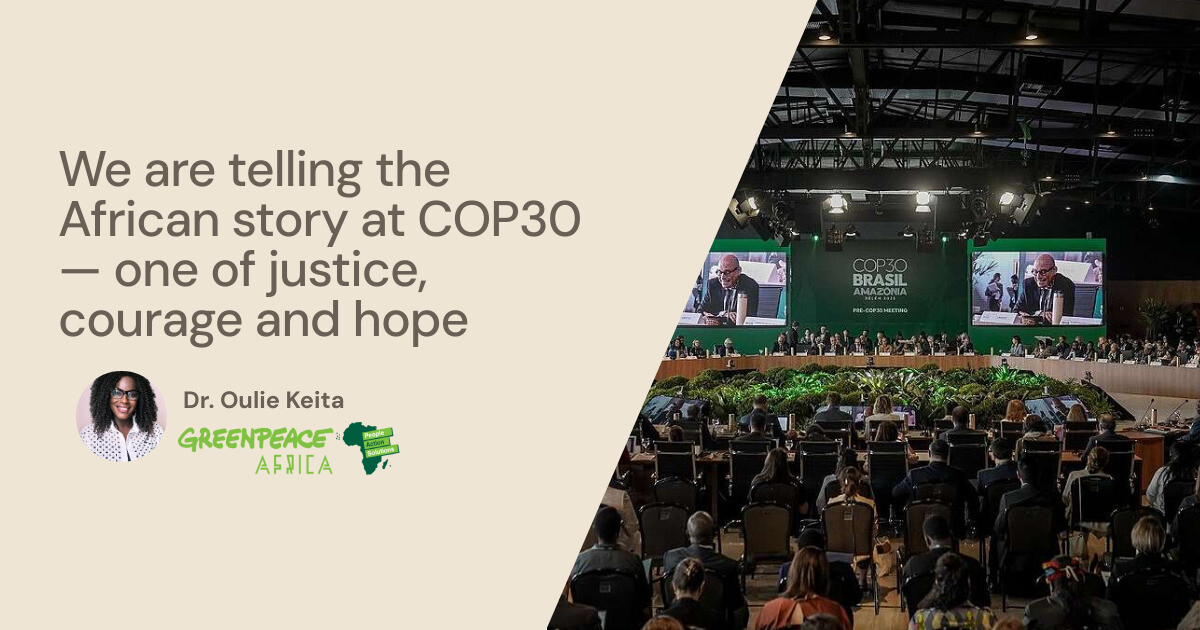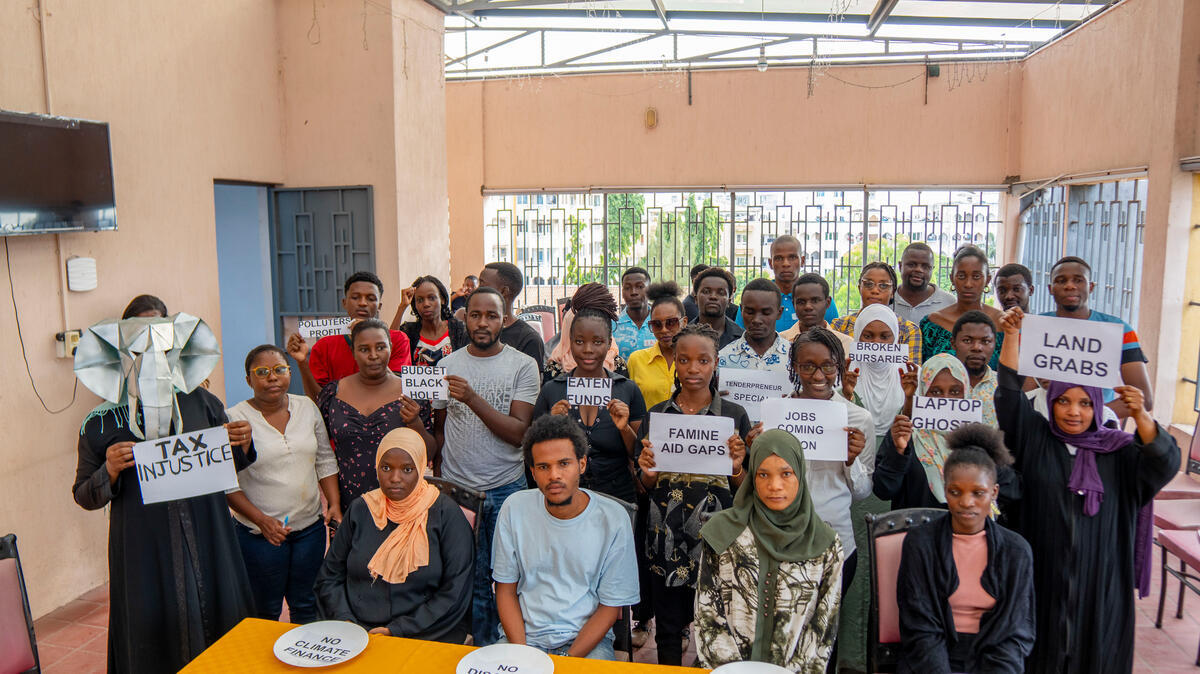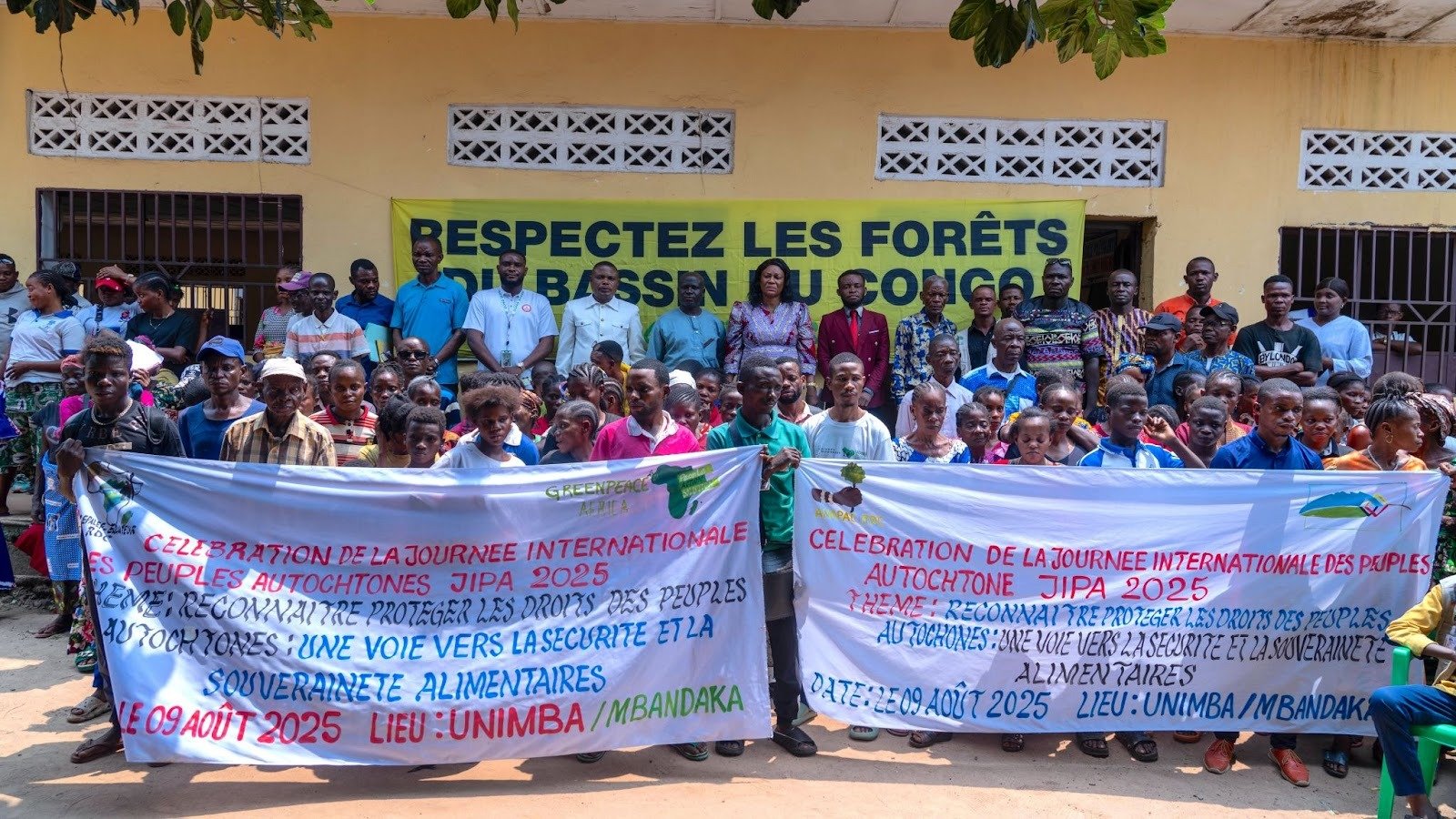For years, international biodiversity and climate talks have brought big promises but little real progress on the ground. Most of the solutions presented are often too complicated to actually help the communities who need it the most.
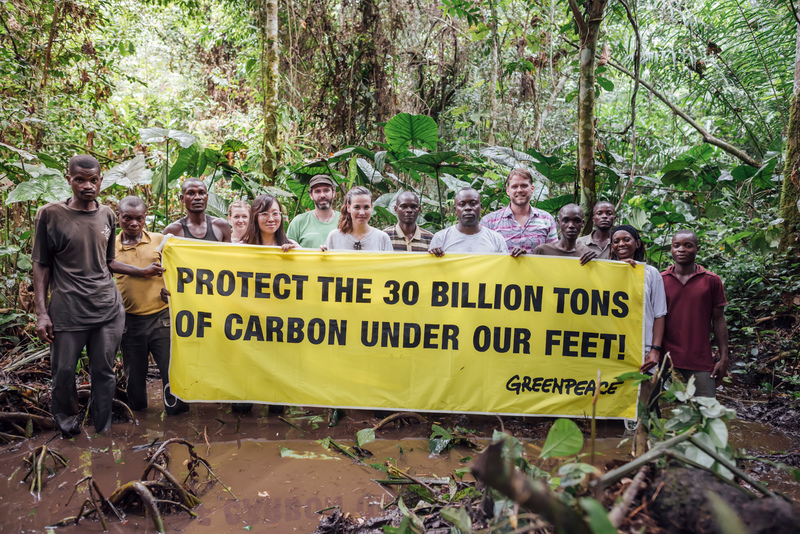
They tend to overlook the simple truth that the most effective strategies for protecting our planet are already being implemented every single day by Indigenous Peoples and local communities (IPs&LCs) across the world, the first and true guardians of our world’s most vital ecosystems.
Having lived with, and guarded these vital lands and ecosystems for generations, these communities are more than stakeholders – at least according to the 2022 Kunming-Montreal Agreement, which acknowledges Indigenous Peoples’ ancestral knowledge, practices, and work as the most effective tool for biodiversity protection.
Despite this official recognition that proves their significance in our collective survival, they are often excluded from key negotiations’ decision-making. But what if shifting power and resources to these groups is our best shot at effective climate action?
True forest solutions are rooted in community
False solutions like carbon and biodiversity offset schemes are detrimental to the very ecosystems they claim to protect. These schemes only serve to shift the clean up responsibility elsewhere as these companies continue their harmful practices.
These initiatives have often ended up putting the world’s largest rainforests in the Amazon, the Congo Basin, and Papua in more danger – mostly because they fail to consider the rights and ancestral wisdom that the Indigenous Peoples who call these forests home carry.
For instance, indigenous territories tend to have significantly lower deforestation rates, thanks to the traditional knowledge Indigenous Peoples possess. To ignore their rights and wisdom is to undermine the most effective defense against forest destruction and climate action.
Sidelining IPs&LCs in important decision-making about their ancestral lands also violates their fundamental human rights, and often results in their marginalisation and criminalisation.
It’s time we try a different approach – one that acknowledges the successful forest solutions being implemented by IPs&LCs on the ground, and empowers them by recognising and protecting their rights, respecting their knowledge, and funding their initiatives.
Lessons in forest protection from the Congo Basin
IPs&LCs in the Congo Basin are at the center of effective community-driven forest and climate solutions. After guarding their forests in the Democratic Republic of Congo (DRC) for centuries, the Indigenous Peoples of Lokoloma were awarded a Local Community Forest Concession (CFCL) in 2019 – becoming the first indigenous community in the DRC to do so. This gave them the legal right to protect, manage, and use their ancestral forest lands to improve their living conditions and preserve their livelihood, an opportunity that the Lokolama community has fully embraced.
Activities, like traditional fishing, hunting and gathering, and agriculture, within the forest are governed by rules passed down between generations. The Lokolama peoples have put their forest land to good use, harvesting honey, tomatoes, and caterpillars for over five years now.
Even amidst resource scarcity, growing pressure on the lands, and impassable roads, the peoples of Lokolama demonstrate unwavering dedication to their ancestral lands. Despite significant political, economical, and sociocultural hindrances, they continue to actively protect and preserve the peatlands, a testament to their innate wisdom.

A global movement of forest guardians
The Lokolama peoples are part of a global movement of indigenous communities implementing their ancestral knowledge to protect the world’s precious forests. Their stories are proof that empowering IPs&LCs is the most effective way to protect our planet’s most vulnerable ecosystems.
And what better way to do that than by investing in proven, just, and sustainable solutions. If IPs&LCs can do so much with minimal resources in the face of so many barriers, imagine the change they can achieve with significant funds.
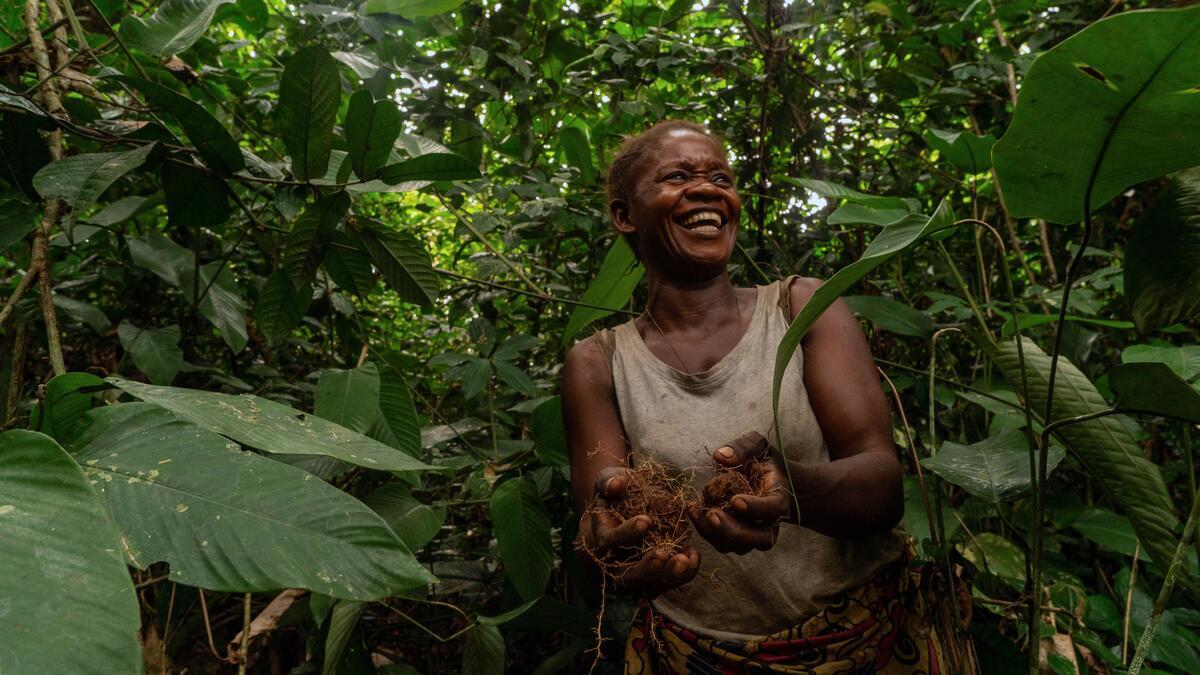
It’s time for world leaders to turn their commitments into real action. Supporting IPs&LCs is not about paying people to become stewards of the land, but rather respecting their unparalleled expertise as guardians of the forest while formally recognising and protecting their legal rights as owners. Following their lead means allocating funds based on indigenous-led conservation models to secure a healthy planet for the wellbeing of all humanity.
What can we do differently?
As COP 30 starts today, the following demands must be met to place IPs&LCs at the center of forest protection and safeguard our collective future.
- End destructive fossil fuel and extractive projects in the Congo Basin: Shift funds from oil, gas, carbon offset and greenwashing schemes to indigenous-led climate and forest solutions.
- Channel climate funding directly to IPs&LCs: Guarantee at least 20% of funding through the Tropical Forest Forever Facility (TFFF) and other climate funding mechanisms is channeled directly to IPs&LCs to protect and restore the Congo Basin.
- Integrate forest protection into climate funding: Climate adaptation must explicitly include provisions for forest protection and the allocation of these resources must prioritise Indigenous-led conservation models.
- Implement the COP 30 Forest Action Plan: Adopt and implement the Forest Action Plan to stop deforestation and reverse forest degradation by 2030.
- Recognise and strengthen IPs&LCs leadership: Formally recognise and protect the rights of IP&LCs, guarantee their free, prior, informed consent (FPIC) , respect their territories, and scale up community-led forest governance. Integrate their traditional knowledge, practices, and forest initiatives into national and regional climate policies.

